Slow-motion video of pecking by the pileated woodpecker (Dryocopus pileatus). The original video was recorded at 1600 frames per second. Credit: Robert Shadwick & Erica Ortlieb/University of British Columbia
Check out almost any popular science article about woodpeckers and you'll likely find some mention of why the birds don't seem to suffer concussions, despite energetically drumming away at tree trunks all day with their beaks. Conventional wisdom holds that the structure of the woodpecker's skull and beak acts as a kind of built-in shock absorber, protecting the bird from injury. But a new paper published in the journal Current Biology argues that this is incorrect and that woodpecker heads behave more like stiff hammers than shock absorbers.
“While filming the woodpeckers in zoos, I have witnessed parents explaining to their kids that woodpeckers don’t get headaches because they have shock absorbers built into their head,” said co-author Sam Van Wassenbergh of Universiteit Antwerpen, Belgium. “This myth of shock absorption in woodpeckers is now busted by our findings.”
As for why this particular myth has endured for so long, Van Wassenbergh told Ars, "To us humans, the first thing that comes to our mind when watching an animal violently smashing their head against trees is to wish the animal had some kind of a built-in cushioning to prevent it from getting headaches or concussions. It is logical for us to think of such action in terms of protection and safety, as if it is an accident."
The shock-absorber hypothesis was not completely lacking in scientific merit. (One 2002 study even won an Ig Nobel Prize in 2006. I've written about the topic in the past.) It started with a 1976 Lancet paper by Philip R.A. May et al., proposing the woodpecker as a natural model for investigating the mechanisms of head injury and its prevention. Other studies have shown that woodpeckers can hammer on trees as much as 12,000 times a day during their mating season, an average of between 18 to 22 pecks per second.
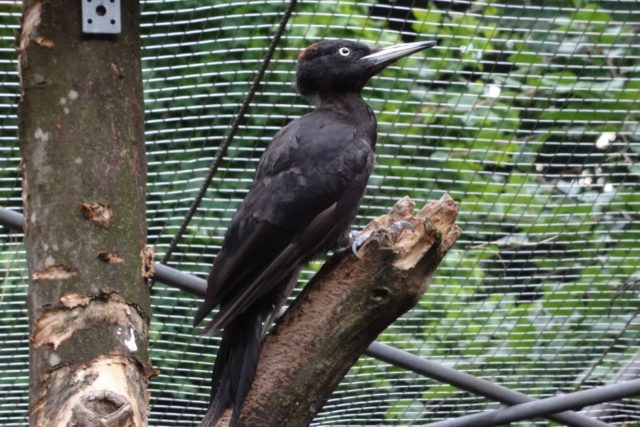
That kind of sudden, sharp blow can produce deceleration forces as high as 1,200 g's. A human being will suffer a concussion with a sudden deceleration of 100 g's. A 2006 study proposed that the orientation of the woodpecker's brain within the skull increased the area of contact when pecking, thereby reducing stress on the brain. The birds' small size is also a boon, given those acceleration speeds.
Micro-CT scans have revealed that woodpecker skulls boast thick muscles in the neck, sponge-like bones, and a third inner eyelid to keep the eyeball in place, which scientists assumed would work together to absorb impact and prevent injury from the incessant drumming. One 2011 study found that there is also another springy structure in the back of the skull called a hyloid, which could work in concert with cerebrospinal fluid to further suppress vibrations. Most recently, a 2021 study posited that the bird's jaw apparatus might also act as a cushion during the pecking process.
Enter Van Wassenbergh, who decided to conduct his own research into the topic after being struck by the paradoxical nature of the shock absorber hypothesis. He reasoned that any absorption or dissipation of the head's kinetic energy would actually impair the bird's ability to hammer away incessantly. Since this drumming behavior is so central to the woodpecker's ability to communicate and attract mates, it seemed unlikely that a built-in shock absorber would have evolved via natural selection.
"There was already skepticism in the scientific literature for a long time," Van Wassenbergh said, dating all the way back to May's 1976 paper. "May wrote, 'If the beak absorbed much of its own impact, the unfortunate bird would have to pound even harder.' The notion that the woodpecker head primarily needs to be a functional hammer made sense to me. From reading the literature, it appeared to me that cranial shock absorption has never been confirmed for live birds performing their natural behavior, despite that many sources reported this as a fact. This spurred me into conducting research on this topic."
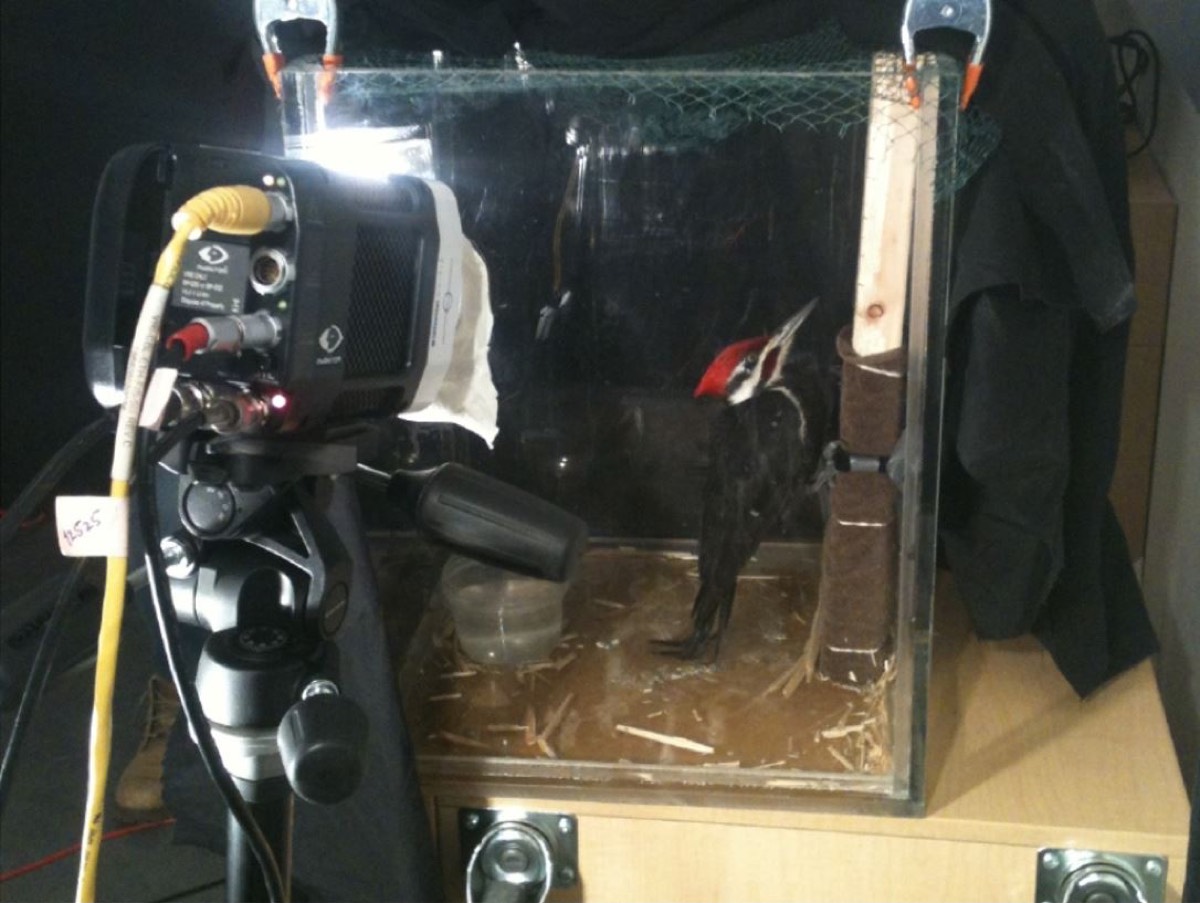
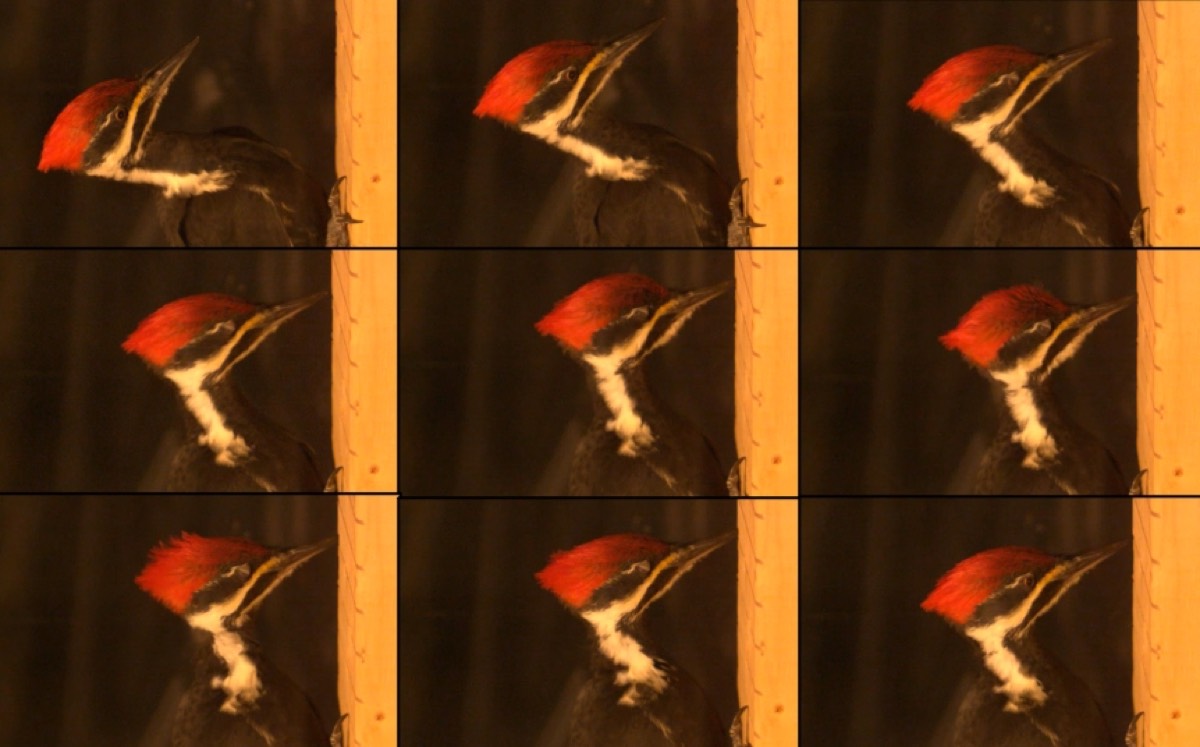
The first step was testing whether there was any measurable evidence of shock absorption occurring between a woodpecker's beak and brain as it pecked, via in vivo kinematics. Van Wassenbergh and his colleagues recorded six woodpeckers from three different species—Dryocopus Martius, Dryocopus pileatus, and Dendrocopus major—housed in aviaries as they hammered into wood posts. The resulting 109 videotaped pecks enabled the researchers to track, frame by frame, two distinctive marks on the beak and eye (and, for D. pileatus, an additional painted dot on the skin covering the skull posterior of the eye).
The team also wanted to quantify how varying the degree of shock to the skull would impact the ability of a woodpecker to hammer effectively. So they built biomechnical models of D. martius based on anatomical measurements gleaned from CT scans. They determined the average speed of the head at impact and the duration of the beak's deceleration from the recordings made during the kinematic experiments, calculating hammering performance using the same physics as driving a nail into wood.
The results showed that while woodpecker skulls experience deceleration shocks above the threshold for concussion in monkeys and humans, the fact that they have smaller brains means they have a higher concussion threshold. They might exceed that threshold if they pecked full force on metal, according to Wassenbergh et al., but not when pecking on tree trunks. “The absence of shock absorption does not mean their brains are in danger during the seemingly violent impacts,” said Van Wassenbergh. “Even the strongest shocks from the over 100 pecks that were analyzed should still be safe for the woodpeckers’ brains as our calculations showed brain loadings that are lower than that of humans suffering a concussion.”
This may also explain why there are no species of woodpeckers with significantly larger heads and neck muscles. The birds' beaks do sometimes get stuck in the trunks, and the birds have evolved a strategy for freeing themselves by alternating the movement of the upper and lower halves of their beaks—a topic of future study for the team.
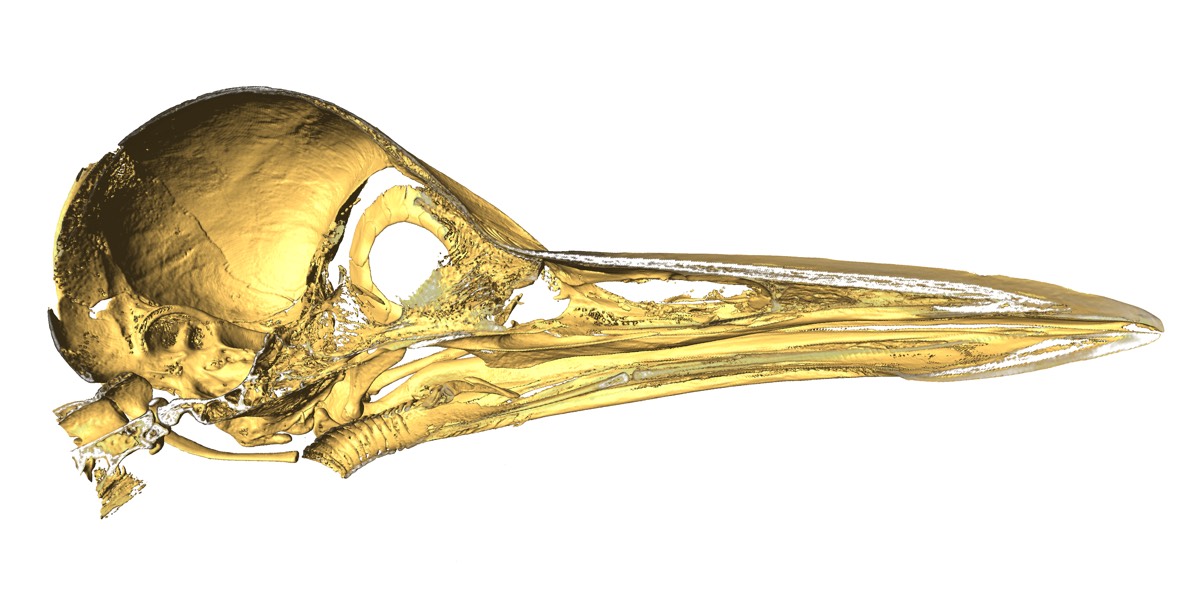
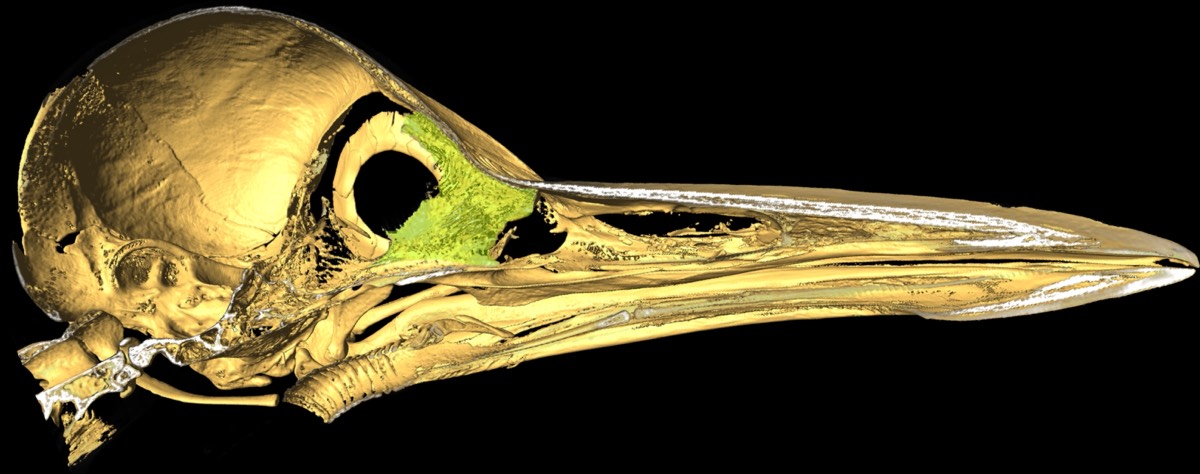
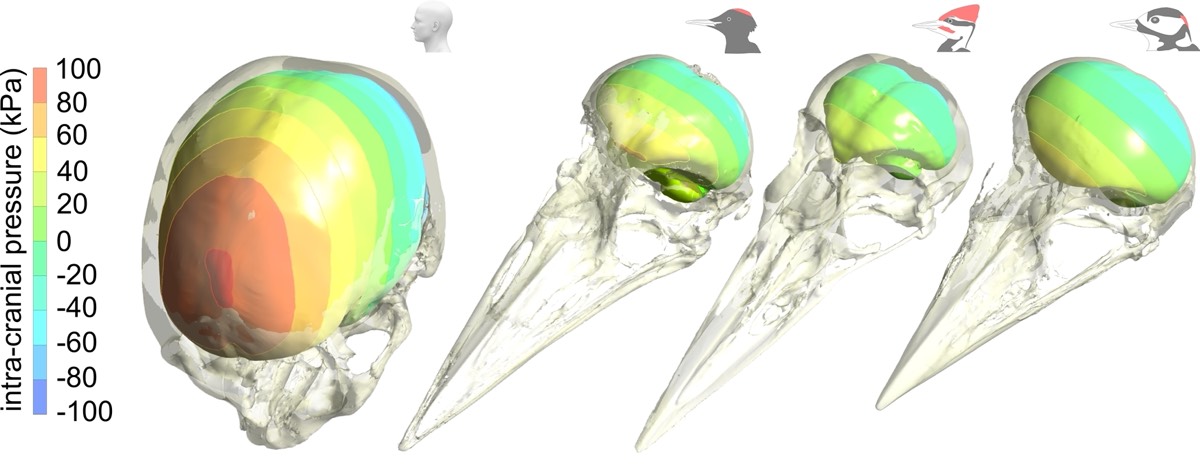
So what does this mean for researchers keen on designing shock-absorbent materials for helmets and protective gear for pro athletes, among other practical applications? For instance, the Q collar was developed around 2016 to mimic how the woodpecker's long tongue can wrap around the head and pinch the jugular vein. This increases blood volume in the skull to create a protective cushion, like bubble wrap. There's less room for the brain to slosh around in the cranial cavity, thereby reducing the risk of concussion.
Perhaps the shock-absorption approach has been disproven, but Van Wassenbergh believes there could still be useful insights to be gained from ongoing studies. "It is still interesting to look at woodpecker brains and how they are adapted to repeated inertial loading events even though the hits of woodpeckers are below the concussion level," said Van Wassenbergh. "The Q collar, if I understand it correctly—I'm not an expert in this field—would protect against strong blood flows to or from the head. Our study certainly does not invalidate such approaches."
Victor Hugo once observed that science has the first word on everything but the last word on nothing. Science is a process. So no doubt there will be more experiments to put Van Wassenbergh et al.'s findings to the test. "Time will tell if this is the definite view," said Van Wassenbergh. "But I think that our study gives strong evidence across multiple species and also explained the findings from an adaptive point of view by showing that shock absorption would only have energetic disadvantages for hammering birds."
DOI: Current Biology, 2022. 10.1016/j.cub.2022.05.052 (About DOIs).
Current_Biology_Video_Abstract_1920p
Listing image by Erica Ortlieb & Robert Shadwick/University of British Columbia


3175x175(CURRENT).thumb.jpg.b05acc060982b36f5891ba728e6d953c.jpg)

Recommended Comments
There are no comments to display.
Join the conversation
You can post now and register later. If you have an account, sign in now to post with your account.
Note: Your post will require moderator approval before it will be visible.